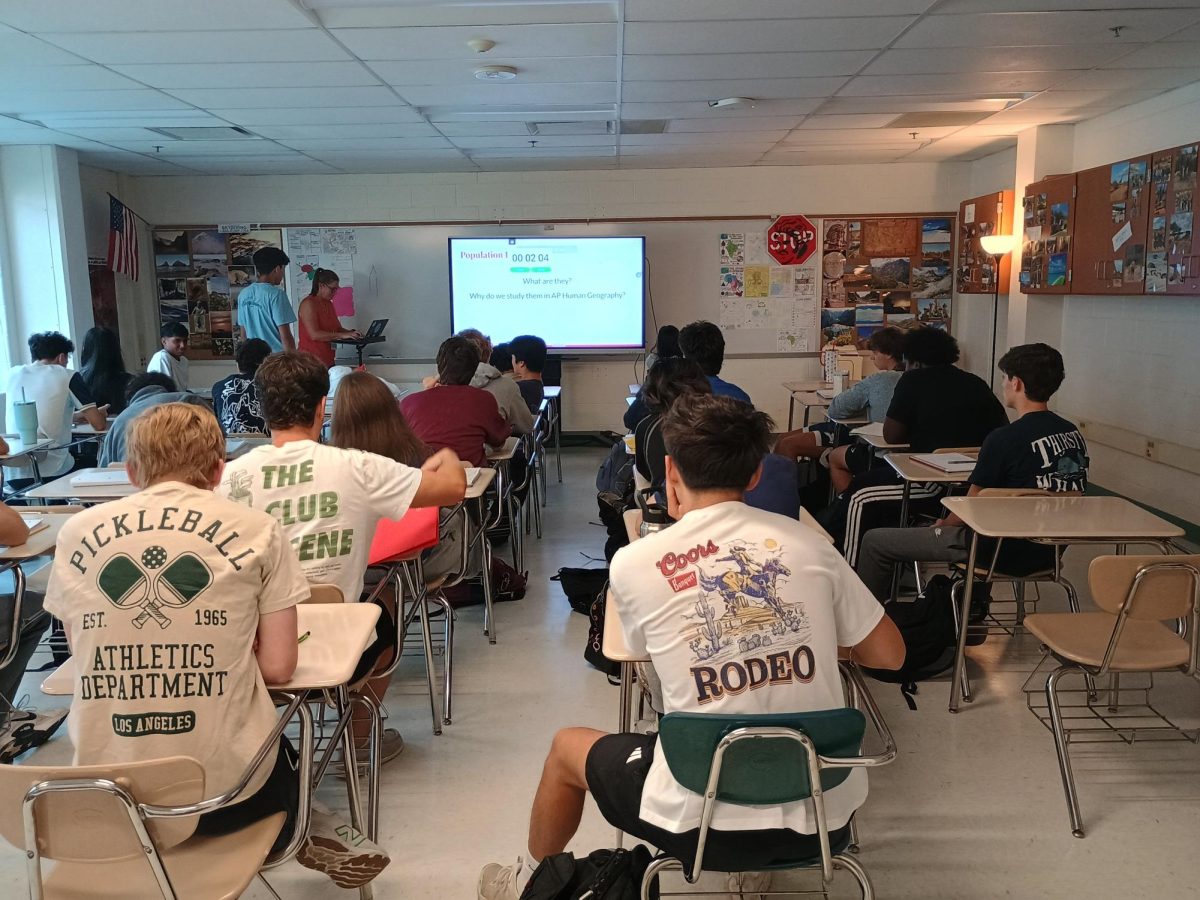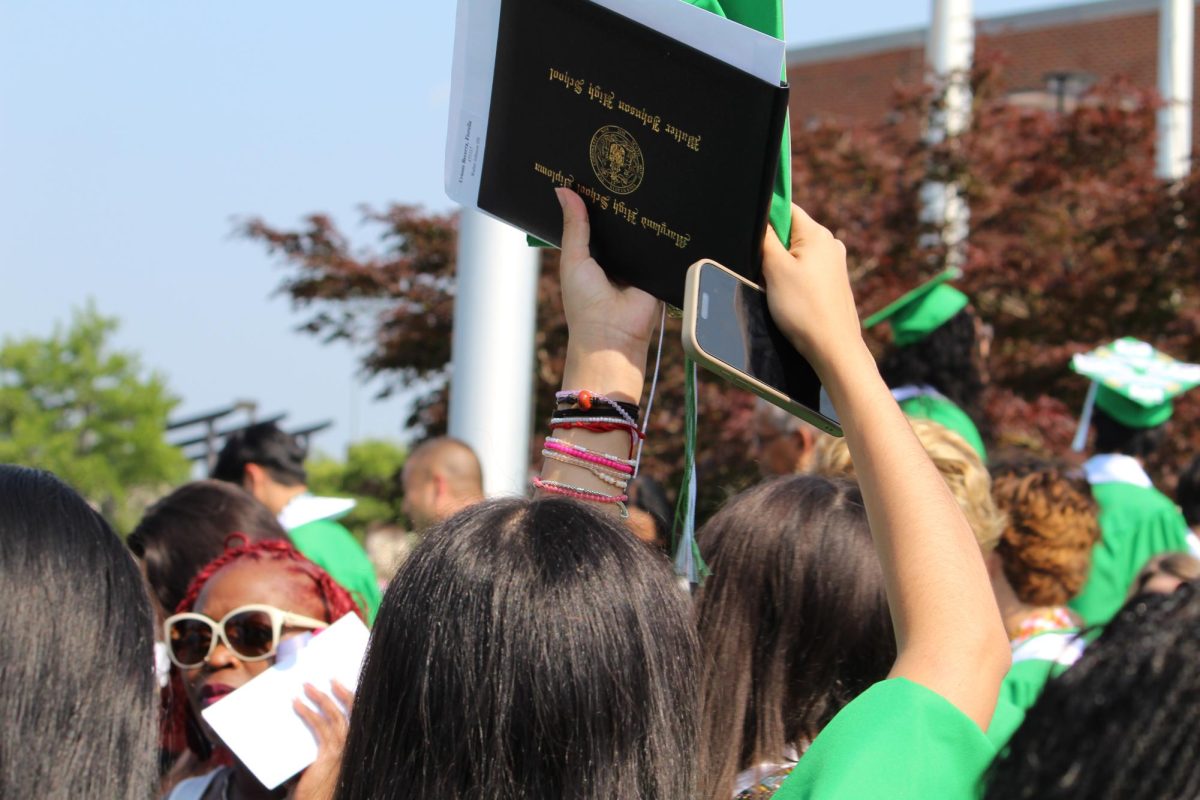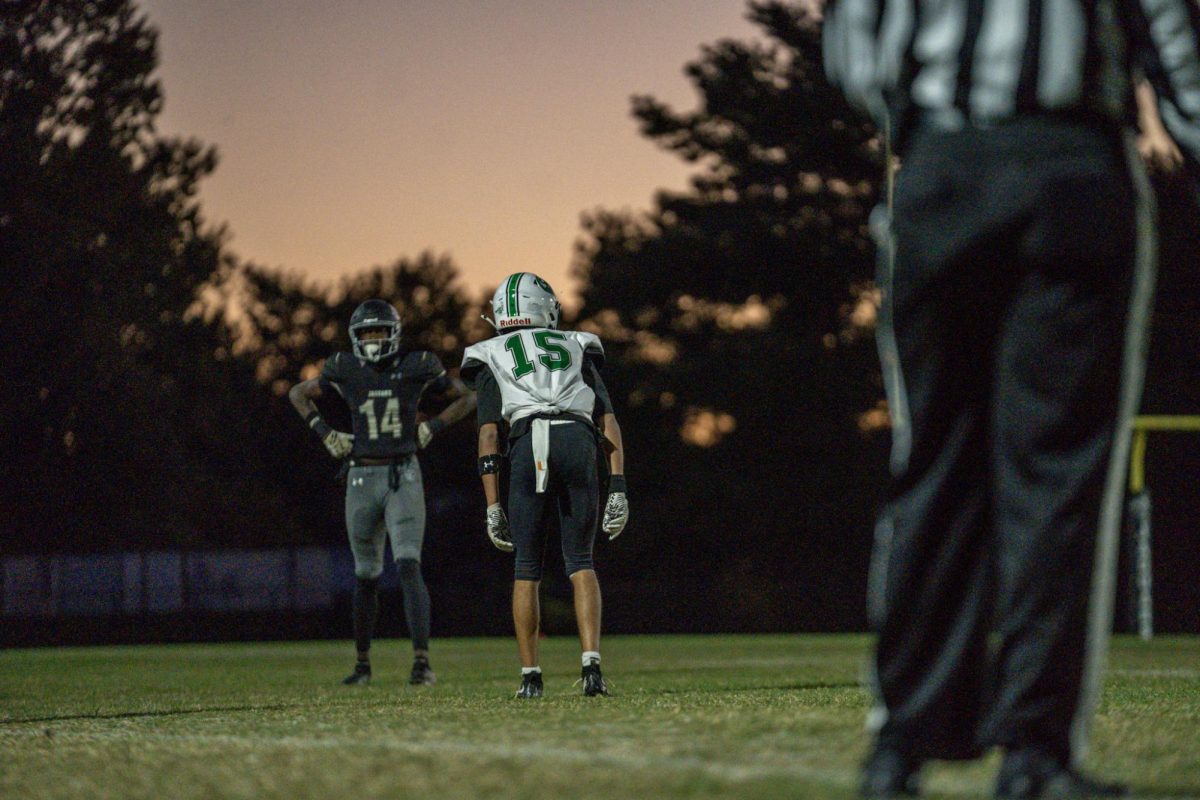I’ve been hearing about Casey McQuiston’s “Red, White & Royal Blue” ever since it was first published, so this past summer, I decided to finally take the plunge and read it. On the surface, the book sounds compelling, if not a bit corny. The story follows Alex Claremont-Diaz, the First Son of the United States, and Prince Henry, an English royal, who are forced to fake a friendship after they’re caught conflicting on camera. However, their feigned relationship quickly grows deeper, as the two transition from a surface-level friendship into a friends-with-benefits situation, and finally to romance. Yet despite all the hype, it was often underwhelming and fell a bit short of my expectations.
I believe that there are three essential elements to making a good book: the prose, the story and the characters. Below is my review of each of these elements in turn, followed by my overall opinion based on these components. But, fair warning: I’ll be reviewing plot content that occurs later in the book, so if you want to avoid spoilers, don’t keep reading.
Prose: 3/5 stars
Some readers might not care about the writing style, as long as the story is clear, but I find prose to be one of the most important aspects of a story. And frankly, the writing in “Red, White & Royal Blue” is average. McQuiston’s prose is like an old car: it gets the job done and takes you where you need to be, but doesn’t exactly provide an especially interesting or pleasant journey along the way. Their writing isn’t particularly exciting to read, and the imagery and other figurative language are pretty bland. While there are some compelling tidbits, they’re few and far between, and the prose is overall lackluster and forgettable.
Story: 3.5/5 stars
Though cheesy, the plot may be the best part of the story. I enjoyed the development of Alex and Henry’s relationship, and the pacing is excellent. They don’t fall in love immediately, but the romance isn’t so delayed that it becomes boring to read. I particularly enjoyed the scene where Alex tries and fails to confess his love to Henry at his (Alex’s) father’s lake house, as well as the penultimate scene where they’re waiting for the results of the presidential election in which Alex’s mother is running. However, there are still some key flaws. There are some unfinished threads, like June (Alex’s sister) and Evan’s reconnection, that, while not major enough to affect the story, were still noticeable. Additionally, the book features an obscene amount of sex scenes. Although there’s a point to some of them—they show the initial shallowness of Henry and Alex’s relationship—at some times, they feel gratuitous as if the author just wanted to have yet another sex scene. I hate when authors include sex scenes for no reason, so this was a major lowlight for me.
Characters: 3/5 stars
While the American characters are relatively strong and vivid—June is a journalist who worries how her mother’s presidential status will affect her career, Alex is a hothead who’s interested in politics, and Nora (Alex and June’s friend) is a numbers nerd—the British characters are blank and weak by comparison. Henry’s main character traits are being gay, British and in love with Alex. Even his sister, Bea—who appears a lot less frequently—is more vivid than he is (though still not on par with the American characters). Speaking of the Americans, one of the best character depictions is Alex’s realization that he’s bisexual. His thought process is incredibly authentic and relatable, especially when he admits to himself that “straight people probably don’t spend this much time convincing themselves that they’re straight.” McQuiston’s depiction of struggling with and accepting one’s sexuality is one of the best that I’ve read in a long time.
The biggest issue I had with this book was that my expectations were a lot higher than they should have been. If I had known what the book was really like—average prose with a cheesy story—I wouldn’t have been so let down. With adjusted expectations, I could have enjoyed the book. But since I thought it was going to be a stellar book, I was severely disappointed. So, my overall advice for those interested in “Red, White & Royal Blue” is this: if you go into it with no expectations, with the sole desire to relax and enjoy a corny, surface-level story you don’t have to think about, this book is for you. But, if you want a novel that requires thinking, critical analysis and paying attention to detail, I would suggest turning your attention elsewhere.





















